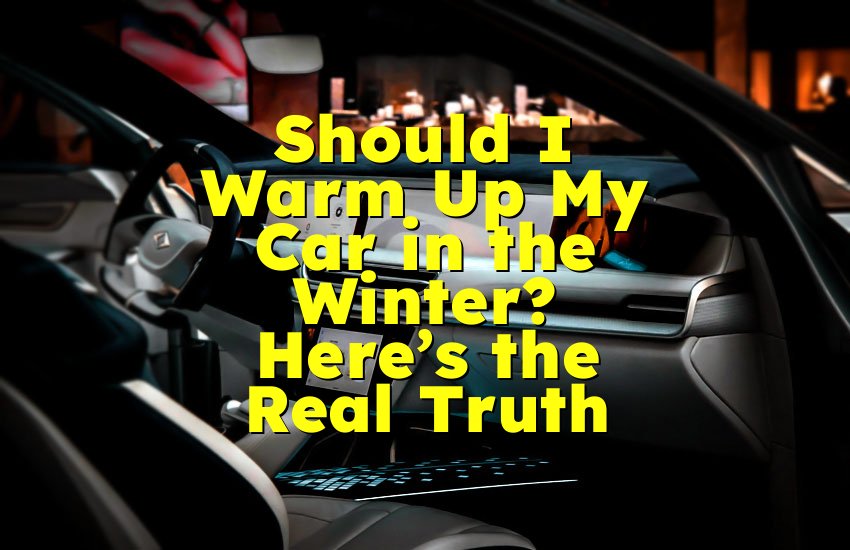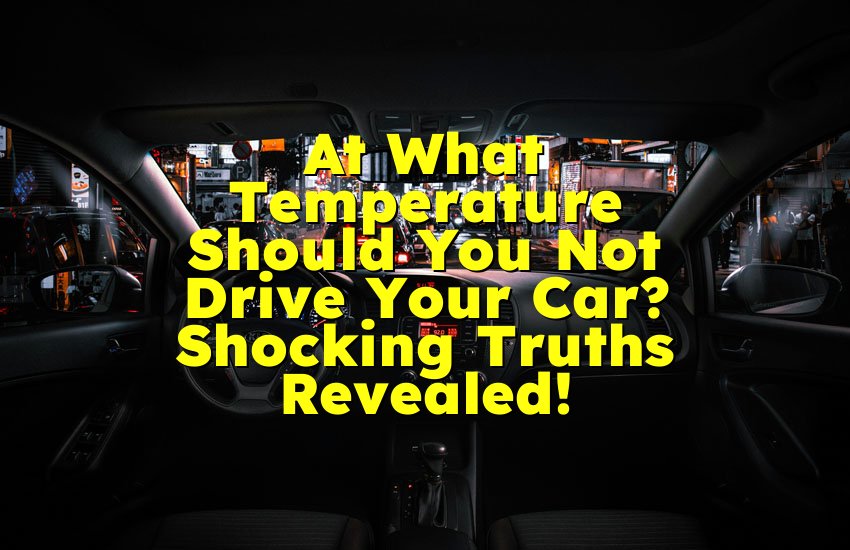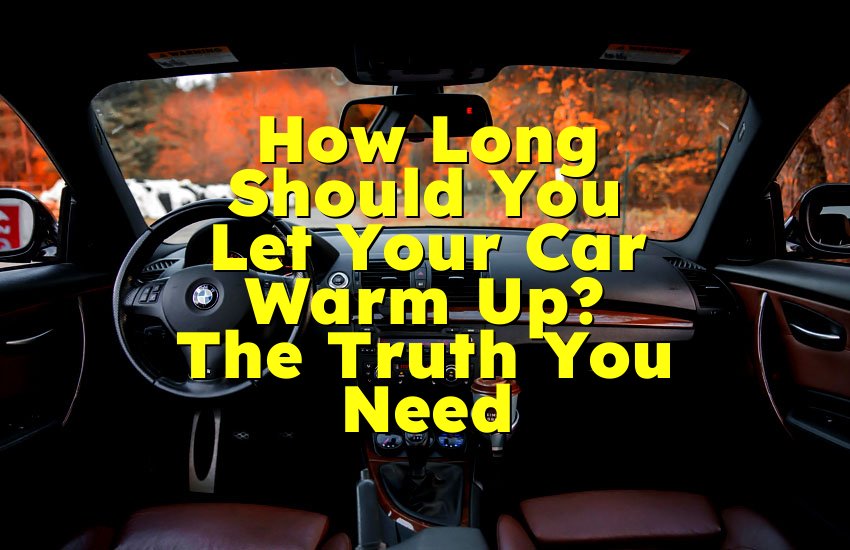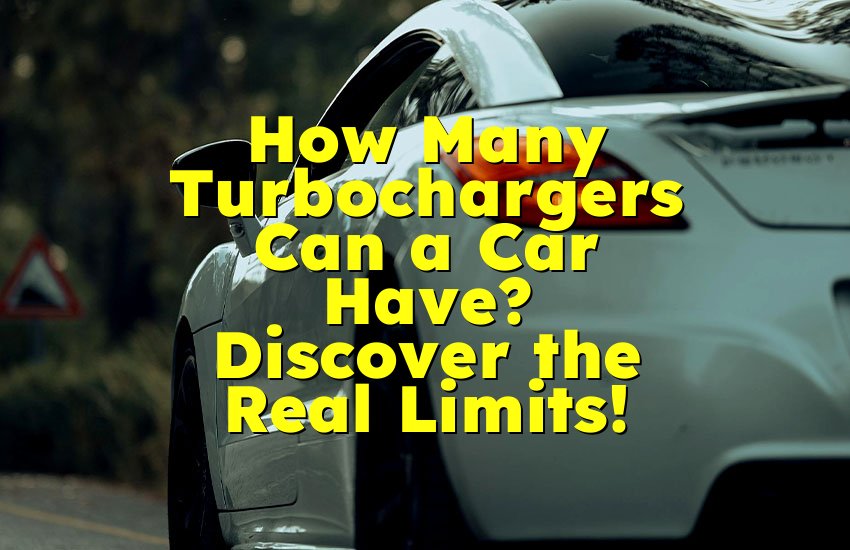As an Amazon Associate, I earn from qualifying purchases at no extra cost to you.
Headlights Not Working But High Beams Are: Solutions
If you've ever experienced headlights not working but high beams still functioning, you’re not alone! It’s a frustrating issue that can leave you scratching your head. Luckily, there are some simple reasons behind it and even simpler fixes. In this article, we’ll walk through the most common causes of this problem and how to troubleshoot and fix it.
Why Are My Headlights Not Working But High Beams Are?
When you notice that your headlights aren't working but high beams still light up the road, the issue may seem confusing at first. Both are part of the same headlight system, so why is one working, and the other is not?
1. Faulty Headlight Bulbs
One of the most common reasons your headlights aren’t working while high beams are is a blown bulb. It’s easy to assume that if the high beams work, the bulbs are fine. However, modern vehicles often have separate circuits for low and high beams, meaning that one bulb could burn out without affecting the other.
If you haven’t replaced your headlights in a while, check to see if they need a change. A simple test you can perform is to swap the bulbs (if they are the same type) and see if the problem follows the bulb. If the low beam stops working with the swapped bulb, it’s likely the bulb that's the issue.
2. A Blown Fuse
Another culprit that could cause this problem is a blown fuse. Your vehicle’s fuse box houses several fuses that protect various electrical components, including your headlights. If the fuse that controls the low beams blows, it can cause the headlights to stop working while the high beams continue to operate.
To check the fuse, consult your vehicle's owner's manual for the exact location of the fuse box. Once located, check the fuse related to your headlights. If it looks burned out, replace it with a new one of the same amperage rating. Be sure to turn off your car before replacing the fuse.
3. Malfunctioning Headlight Switch
The headlight switch in your car controls both your low and high beams. Over time, the switch can wear out, which could cause it to fail in the low beam position while still allowing the high beams to work. If you've ruled out the bulb and fuse, it might be time to inspect the switch.
A malfunctioning switch might need to be cleaned or replaced. This is a more complex repair, and if you’re not familiar with how to access and remove the switch, it might be best to consult a mechanic. However, for those who are confident with DIY repairs, you can look for tutorials specific to your car model to replace the switch yourself.
How to Diagnose the Problem When Your Headlights Aren't Working
Diagnosing why your headlights are out while your high beams still work can save you time and money. Here's a step-by-step guide to identify the exact issue.
1. Inspect the Bulbs
Start by checking the headlight bulbs themselves. If one or both are damaged or burned out, this is likely your issue. You can visually inspect the bulb, but it's a good idea to remove it and check the filament inside. If you find the filament broken or the bulb looks cloudy, it’s time for a replacement.
Replacing headlight bulbs is a straightforward process. Make sure to get the right replacement bulbs for your vehicle. Often, vehicles use a specific bulb size for low and high beams, so check your owner's manual to ensure you're getting the correct part.
2. Check the Fuses
Next, check your car's fuse box. Look for the fuse related to the low beams. If it's blown, you'll need to replace it. Be sure to use the correct amperage rating, which is listed on the fuse or in the owner's manual. If replacing the fuse doesn't solve the problem, there may be an underlying issue, such as a wiring problem.
3. Examine the Headlight Switch
If the bulbs and fuses seem fine, the next logical step is to test the headlight switch. The switch could be faulty or have a loose connection. To check it, see if other settings, like the high beam switch, are functioning properly. If only the low beam setting doesn't work, you may need to replace the switch entirely.
For some cars, you can perform this check by listening for a click or testing the connections for continuity. However, if you're unsure, it's best to seek a professional mechanic’s assistance to avoid making the situation worse.
4. Check Wiring and Ground Connections
Finally, inspect the wiring and ground connections related to your headlights. Over time, wires can become damaged or corroded, which can cause the low beams to fail while leaving high beams functional. The ground connection is essential for completing the electrical circuit, so make sure it's clean and tight. If you find any loose or damaged wires, repairing them could fix your headlight issue.
Should You Fix the Headlights Yourself or Visit a Mechanic?
While some of these fixes may seem easy enough for a DIYer, others may require professional help. Here’s how to decide whether to handle the repair on your own or consult a mechanic.
1. Fixing Headlights Yourself
If you're comfortable working with basic tools and feel confident in your skills, you may want to try fixing the headlights yourself. Common problems like blown bulbs or fuses can be fixed with a trip to the auto parts store and a few simple steps. Replacing headlight bulbs is usually straightforward, and most people can manage it with a bit of patience.
However, you should only take on repairs you are confident about. For example, replacing a headlight switch or diagnosing a wiring problem can be more complicated and may require specialized knowledge.
2. When to Seek Professional Help
If you've gone through all the steps and still can't figure out why your low beams aren't working, it's a good idea to visit a mechanic. Issues with the headlight switch, wiring, or a faulty relay might be beyond your skill level, and incorrect repairs could lead to more problems.
A professional mechanic can quickly diagnose the problem and perform the necessary repairs, saving you time and potential frustration. Plus, they have the right tools and expertise to fix the issue safely.
3. Cost of Professional Repairs
The cost of repairs depends on the nature of the problem. Replacing bulbs or fuses is usually inexpensive, while more complex issues like replacing the headlight switch or fixing wiring problems can be more costly. Always ask for a quote before committing to repairs to avoid unexpected costs.
I hope this guide has helped you understand why your headlights might not be working while your high beams still are. Whether it's a blown bulb, a fuse issue, or a malfunctioning switch, the problem is often easy to fix. If you're unsure about doing it yourself, don't hesitate to seek professional help to get back on the road safely.
Frequently Asked Questions (FAQs)
Is it safe to drive with only high beams working?
Driving with only your high beams working isn't ideal because they can blind other drivers. It’s important to fix the low beams as soon as possible to ensure you’re driving safely and legally.
Can a blown fuse cause only one headlight to work?
Yes, a blown fuse can cause only one headlight to work if the fuse controls the circuit for the low beams. Check your fuse box to see if the fuse needs replacement.
Do I need to replace both headlights if only one is out?
You don’t always need to replace both headlights if only one is out. However, replacing both at the same time is recommended for even lighting and to avoid having to replace the other bulb soon.
Can a bad headlight switch cause the low beams to stop working?
Yes, a bad headlight switch can prevent the low beams from working while leaving the high beams unaffected. If the switch is faulty, it may need to be replaced.
Is it difficult to replace headlight bulbs myself?
Replacing headlight bulbs is a relatively simple task for most cars, and you can usually do it yourself with a basic set of tools. However, always refer to your car's owner manual for specific instructions.
Do I need to visit a mechanic for headlight problems?
You don't always need a mechanic, especially if it's something simple like a blown bulb or fuse. However, if the problem involves the headlight switch, wiring, or other complex issues, visiting a mechanic is a good idea.
Can faulty wiring cause one headlight to fail?
Yes, faulty or corroded wiring can cause one headlight to fail. Inspecting and repairing the wiring might solve the issue, but it may require professional help if the problem is more serious.
Is it expensive to fix headlights at a shop?
The cost of fixing headlights depends on the issue. Replacing bulbs or fuses is affordable, but more complex problems, such as wiring issues or headlight switch replacements, may be more expensive.











